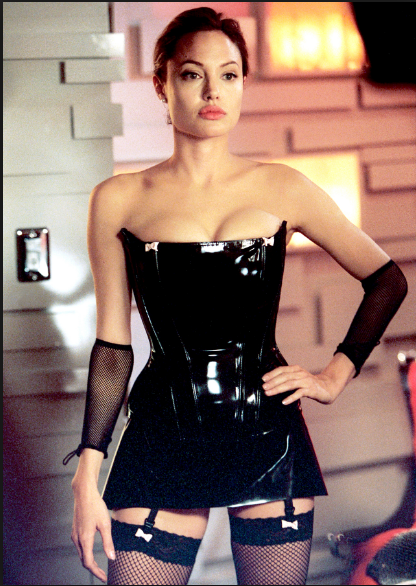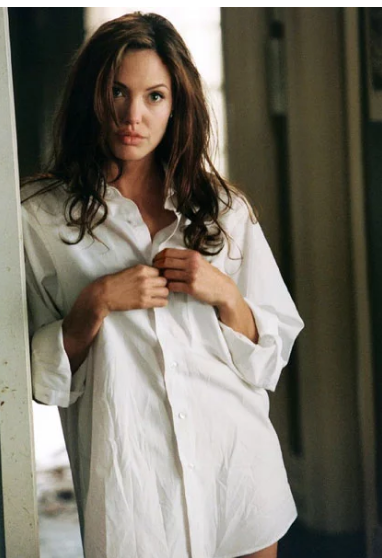Cinematic history has had, and still does have, a record of unequal representation of certain groups of people in film. Majority, or culturally dominant groups are over represented in film while other minority, or culturally dominated groups have had very little representation in mass produced or popular film. Domination of certain groups comes from privileges in regards to categorical divisions of race, gender, sexual orientation, cultural ideology, among many other types of categorical divisions. As a result of such an under or inaccurate representation of certain groups in film and film history, a concept known as the oppositional gaze has been developed from such societally dominated groups. In this paper, I will discuss the oppositional gaze and how I have employed it when viewing an episode of the popular sitcom television show titled The Office, for the episode titled “Business Ethics” to elaborate on this episode’s use of sexual exploitation of women in order to further the plot of the episode.
Much of film and film history has been dominated in a majority by one or a couple dominant groups. Aspects such as race, gender, sexual orientation, and etc on screen have all been regulated by a commanding subset of people within each aspect. Racial systems of hierarchy influence the inclusion of people of different races within cinema. White supremacy reins supreme here, as well as in many other contexts, with drastic underrepresentation of other groups that are not white. Gender is also a major system of segregation on filmic representations of people. Generally, cis, binary ways of seeing gender are considered the normal or accepted representations of gender in film. Stepping outside of these bounds would be considered odd and could lead to less favorable outcomes in the popularity of that motion picture. Often times in cinema, there is a patriarchal or repressive element driving the gender relations between the characters seen on screen. Mulvey touches a little on the effects this patriarchal dominance status plays on the representation of women in television or movies. It is explained that generally, a woman has two levels on which they can function in within a film. One level in which the woman is used is as an “erotic object for the characters within the screen story” whose purpose is to be a sexual object with no real purpose to the plot of the story. The other level woman characters typically are allowed to function on is as the “erotic object” for the spectator within the audience (Mulvey, 33). Sexual orientation is another area for which films have yet to really diversify representation within. In this area, cis, heterosexual individuals are generally depicted in large through the implementation of discrimination towards any classification that is deemed not normal or average. In all of these categories, regulations of which groups of people are considered acceptable by the dominant group are allowed to be represented in mass media films or television shows while others’ such representation are restricted or allowed only under certain contexts which promotes harmful stereotypes.
From the inaccurate or marginalized representations of specific groups within cinema, an oppositional gaze emerges. This oppositional gaze takes a critical look at representation of certain groups of people and resists the allowance of such depreciation in mass media. Taking an oppositional gaze to something can often time mean analyzing the true intentions behind a piece of work and discussing, or renouncing, its problematic elements. This can also include replacing those elements with those that are more productive in achieving equality. In regards to the specific example of oppositional gaze I alluded to earlier, i.e. the “Business Ethics” episode of the television show The Office, I applied the oppositional gaze in this instance to the demeaning representation of one of the female characters. The character I am referring to is Meredith Palmer.
Meredith is a continuously represented as an erotic object through which the her presence was used to “serve– enhance and maintain… the phallocentric [male] gaze” (hooks, 251). Specifically in this episode, she again becomes the erotic object, alluding to Mulvey, by creating the main plot of the episode through which the other characters work to resolve. In this scenario, Meredith’s sexual experiences which resulted in the trade off for company discounts for her job and also Outback steakhouse coupons comes to light and is highly scrutinized. The main plot of this episode centers around what to do about this specific scenario and whether any action should be taken against it. Such an exploitation places Meredith as the bridgeway to the rest of the episode which she does not actually play a significant role in.
Despite being a popular, comedy sitcom television show, The Office, has some problematic elements within it that require an oppositional gaze to recognize. The popularity of the show could possibly stem from the “gaslighted” viewing positions in which viewers completely disregard any critical or analytical skill they possess to watch this TV show without issue of its content (Hollinger, 196). The other two viewing positions that could possibly be taken are the refusal to watch completely or the oppositional gaze, which was employed in this context (Hollinger 196). I chose to use the oppositional gaze through a gendered lens for this example because that is one of the categories in which I experience marginalization within.
The dominant interpretation of certain groups of people, leads to the under and misguided representation of such groups within cinema. These dominant interpretations sometimes result in the use of an oppositional gaze. The oppositional gaze is used as a tool for resistance to such hegemonic ways of filmic portrayals so as to call out the unjust ratios and ways of individual depiction. The way that I have used the oppositional gaze was in context of a gendered lens through which an episode of The Office was analyzed. In this specific episode of The Office titled “Business Ethics”, a scrutinizing view of one of the female characters was presented that called out the exploitation of that individual as an erotic image. Becoming an active viewer of film is important in the defiant resistance of complicity in watching the continued representation of a dominant interpretation continually on screen.


